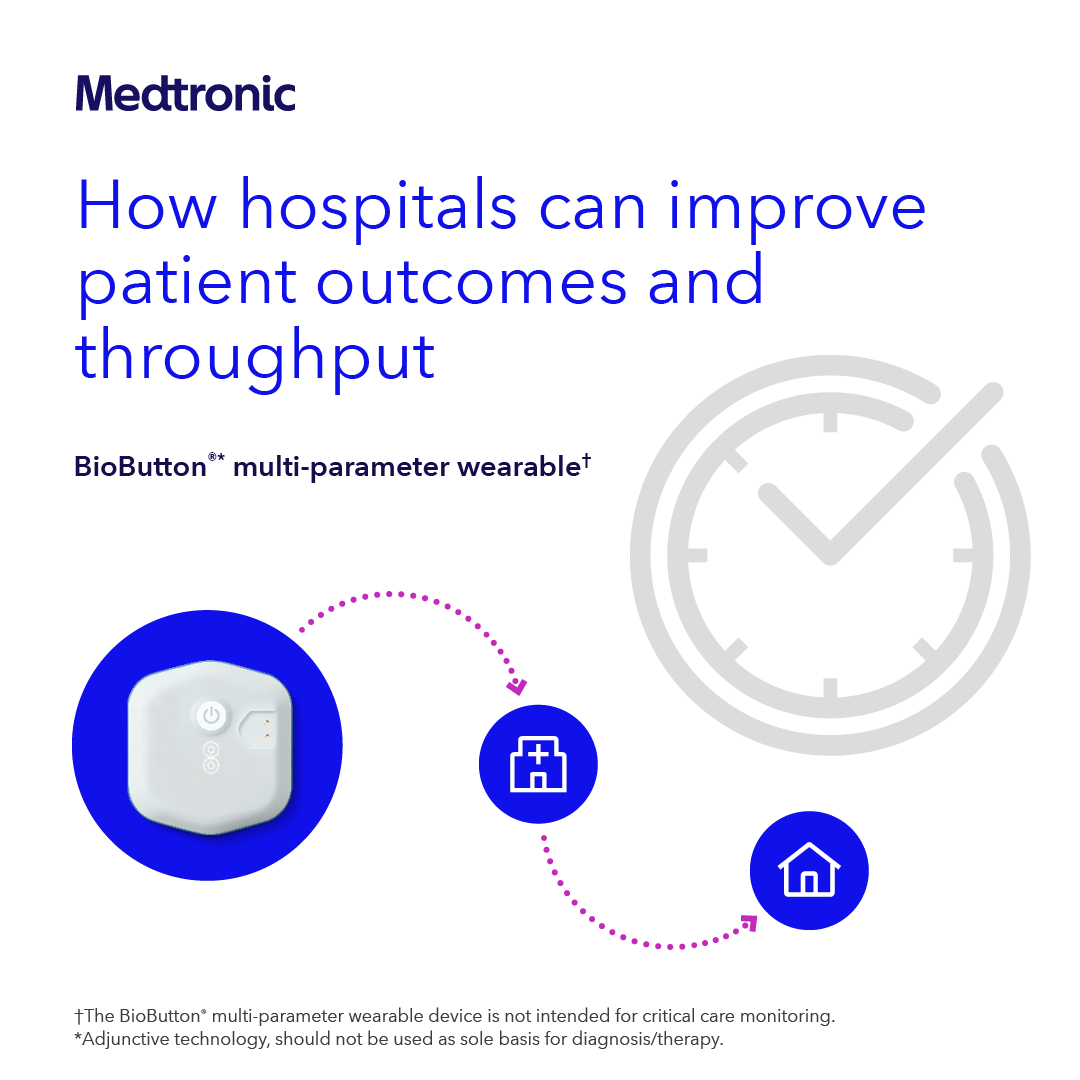Evidence-based practice (EBP) is critical in the ever-changing world of healthcare. Most nurses have heard about it. Some learned it in their undergraduate, graduate or doctoral programs. Some have never had any exposure to EBP in school or the real world. Do you have a culture that supports EBP where you practice?
In 2018, the Academy of Medical Surgical Nurses participated in a study with the Helene Fuld Trust National Institute for Evidence-based Practice in Nursing and Healthcare. 95% of medical-surgical nurses said they believed EBP resulted in the best care. 75% of respondents indicated they were clear on the steps of EBP. 81% were certain they could implement EBP. However only 46% of the nurses believed their unit based EBP councils were effective in implementing EBP practice changes. Lastly, only 56% strongly believed that nurse managers in their organizations implement EBP in their own practice. So where is the disconnect? How do we move forward in a world where there is clearly a need for practice based upon best evidence, clinician expertise and patient preference? Have you critically assessed the state of the state where you practice? Perhaps it is time.
There a several key factors necessary to create and sustain a culture of EBP. The first is a philosophy and mission that is committed to EBP. Across the organization EBP must be imbedded in orientation, annual evaluations, and clinical ladder requirements. Secondly, a spirit of inquiry must be palpable throughout the organization. Are you and your colleagues continually encouraged to ask questions, review, and critique current practice to improve patient outcomes? Another key to success is EBP mentors. They are the secret sauce in the creation of an EBP culture. These are the people who have the skills and knowledge to mentor others and break down barriers allowing for organizational change. Clinical Nurse Specialists (CNSs) and Doctor of Nursing Practice (DNP) prepared nurses are well-suited to serve in these roles. Many have had advanced education on leading EBP initiatives.
Administrative support and role modeling are also critical. Leaders must value and role model EBP as well as provide resources to sustain it. An infrastructure should contain tools and resources to support EBP. For example, there needs to be access to computers with the ability use search current data bases and additional library resources. Remember the librarian is the original search engine. The librarian is a strategic partner in searching for best evidence. Last, but certainly not least, is meaningful recognition. Are individuals and groups celebrated as they change practice and improve outcomes? Are they supported to continue to work through the implementation phase so that the practice change becomes imbedded in the workflow?
If you critically appraise your practice environment and find the essential components of a thriving EBP culture alive and well, you are well on your way to creating the best outcomes for patients. Conversely, if you find your facility lacking the spirit of inquiry and other critical ingredients, perhaps it is time to change the culture. It starts with one believer in the power of EBP. You too can change the world.



